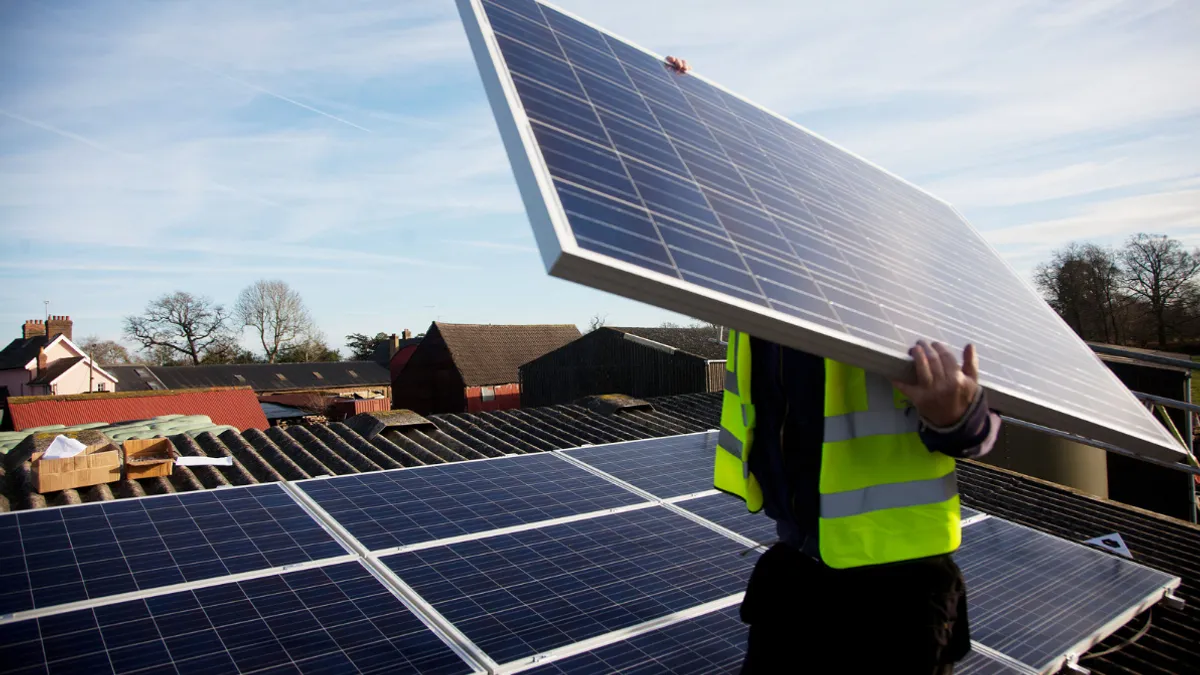Dive Brief:
- El Paso Electric this week filed a proposal with the Public Utility Commission of Texas, requesting to raise rates in order to recoup millions in system upgrades and new generation.
- The utility wants to recover $42.5 million related to the completion of the Montana Power Station and other upgrades. The quick-start gas facility is being used to integrate more renewables onto the system.
- The new rates will be costly, particularly for distributed generation customers. Residents with solar panels on their roof could see rates go up $14/month, while a standard residential customer will see rates rise $7-$10/month depending on the season.
Dive Insight:
El Paso Electric has again proposed demand charges for solar customers, six months after it dropped a similar proposal from last year's rate case.
“It is important to establish a fair rate structure that reflects the cost to serve each customer class," CEO Mary Kipp said in a statement. "As technologies progress and our customers’ needs change, we must also evolve to provide programs and rate structures that allow us to provide safe and reliable service at a price that is fair to all our customers."
For private rooftop solar customers, the impact would be about $14/month and would include a new rate structure, including a monthly demand charge, that El Paso Electric says is needed to recover the cost of grid-related services. As of September, approximately 1,800 residential customers in Texas hosted solar panels, the utility said.
EPE is also proposing a new rate structure for small commercial customers with private solar identical to that proposed for residential customers. For standard commercial customers, the utility wants to decrease rates by about 3%.
"This customer class has historically subsidized other customer groups," EPE said in its statement.
Standard monthly residential bill increases in the summer would be $9.27, while during the winter monthly bills would rise $7.24. If approved, the new rates could go into effect late this year or early in 2018.
EPE said investments in its system have been necessary to meet demand. Over the summer, the utility hit a record peak that was 5.5% higher than the peak established in 2015—or more than 90 MW greater. "We spend a lot of time planning how to best meet the demands created by the continued growth of our region, and these latest investments will benefit our customers well into the future,” said Kipp.














